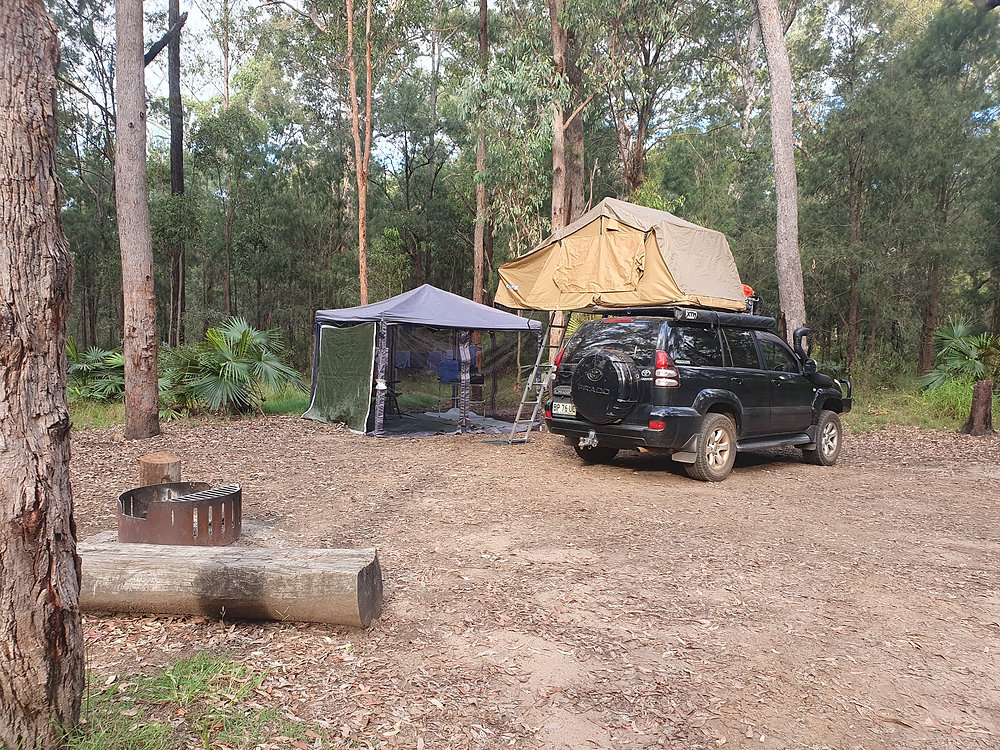

I promised some time ago to give the backstory on Gemtown, my debut published novel. I have written numerous stories, both long and short, but Gemtown was both good enough for publishing and a solid plotline. The self publishing route has been a long and steep learning curve, but it's also been fun (sometimes in a masochistic way!!!), which is why it's taken me a bit to get there. I'll do a separate blog on self publishing especially the lessons I've learned along the way.
Back to Gemtown. My writing can be loosley called "fact based fiction" meaning that I find inspiration in real world issues. As a planner (urban and regional planner) I have worked across many areas and know intiately the many environmental issues out there in the real world. So these things tends to work their way into my novels. I believe they resonate with people and give my work a solid foundation. And, remember, "truth is stranger than fiction.'
The setting is, of course, Central Queensland where I've travelled before, but spent a bit of time there in 2022/3. There is actually a region called the "gemfields" centered around Sapphire where gems were first discovered in the 1870s, with Archibald John Richardson, a State Government Surveyor, finding them near Anakie in 1873-1875 (not by a "couple of wandering drovers" as I fictionally said). Gems, especially Sapphires, are still found there.
Although Gemtown is a fictional place, it is quite representative of the towns in the regions, although my descriptions are entirely fictional. But it is an amazing place, well worth visiting. And doing some "speccing" for gems as many people I met were doing. The "braggers board" I talked of (people putting on a board their largest gem finds) was actually based on a real board that I saw in the Rubyvale Hotel, a place I spent many nights in, savouring their cold beer and watching the flying foxs nightly parade across the sky (yes, another reference in the book). I met some very interesting characters there: locals who were fun and had interesting backstories themselves. None of my characters are based on them directly, but their resiliance and positive attitude certainly influenced my characters.
The Moocaboola Wetland (alternatively called "the swamp" and the "Mitchell Marshlands" in the book) does not exist in the form I described, it is an entirely fictional construct although there are many such wetlands in Central Queensland and a small one in the gemfields. They are very special places and, as Beth Truer wanted, they should always be protected.
The controversy surrounding the Great Artesian Basin does indeed exist. As described, it is an amazing part of this story. A body of subterranean water located in the eastern part of Australia, it is one of the natural wonders of the continent. Counted amongst the world’s largest artesian water bodies, containing some 1.8 million megalitres of clean water. Stretching from North Queensland to South Australia, it is larger in area than the combined landmasses of France, Spain, Portugal, Switzerland, Germany and the United Kingdom. This basin is an ancient repository of water, millions of years in the making.
As I said in the book, this vast groundwater system and the associated surface springs have long been central to the imaginings of Indigenous people who utilized its resources for sustenance, travel, and ceremony. Many of these places were, and remain, of great cultural significance. They have also have been pivotal to the settler society’s imaginings of arid Australia.
After the arrival of Europeans, pioneering explorers, pastoral squatters, and traders used Indigenous knowledge of the basin as essential stepping-stones in the colonization of Australia’s interior landscape. Many springs became focal sites for early pastoral holdings and regional settlements. These represent some of the few natural sources of permanent surface water in the arid region across central and north-eastern Australia. It has also created wetlands and ecosystems that provide habitats for numerous endemic species of fish, invertebrates, and plants.
As I said, it is subject to competing demands, and has borne witness to much human drama. It is within this human and natural landscape that this fictitious story unfolds.
I do hope you enjoyed this story. The next one, A Storm RIsing, is based around the Gulf of Carpentaria. Another place I visited. Look out on this website for the release.
The photo that accompanies this post is one from my trip showing my camping setup. It was a fund lap!!!








